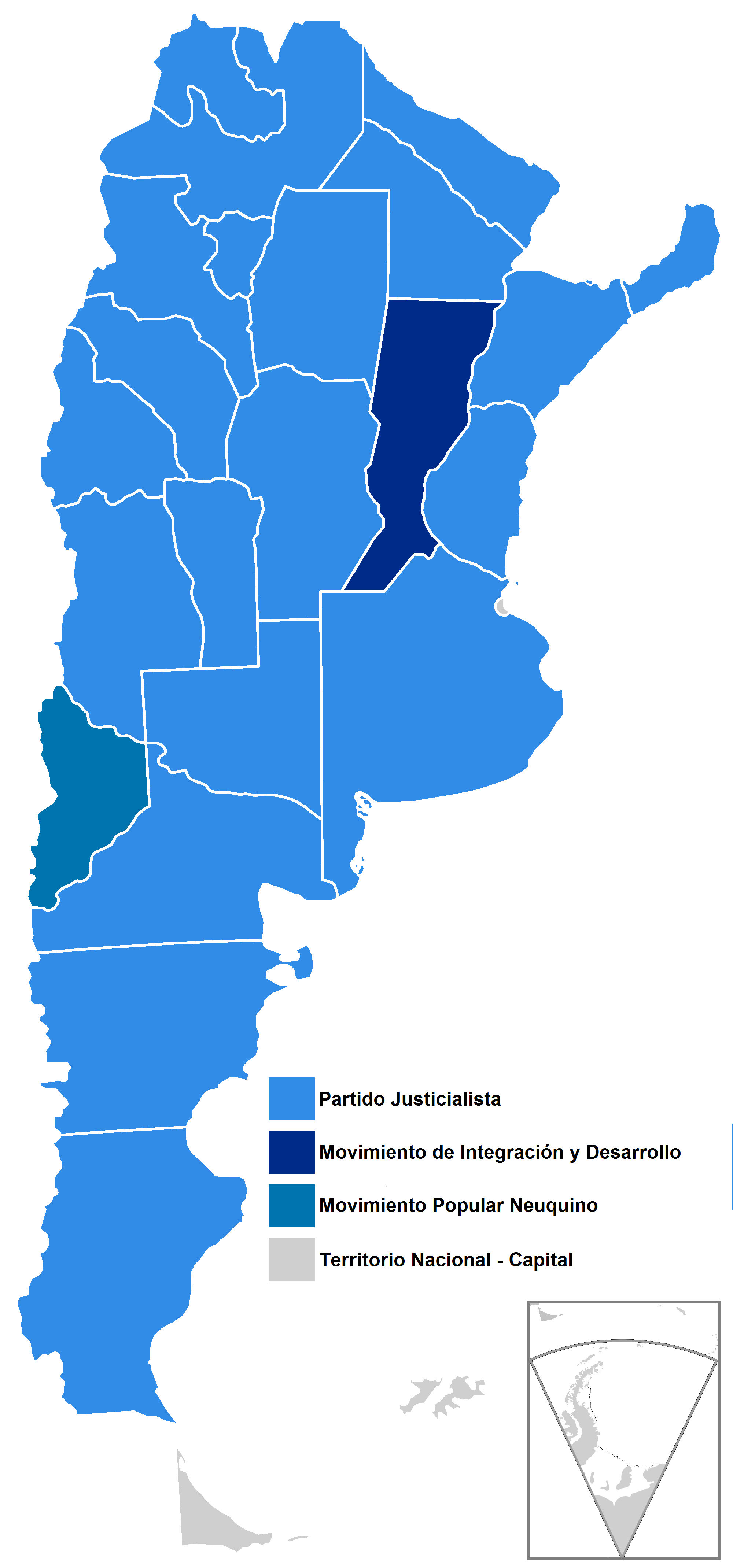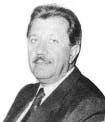|
1973 In Argentina
Events in the year 1973 in Argentina. Incumbents *President of Argentina, President: Alejandro Agustín Lanusse until May 24, Héctor Cámpora until July 13, Raúl Lastiri until October 11, Juan Peron *Vice President of Argentina, Vice President: Isabel Perón Governors *Governor of Buenos Aires Province, Buenos Aires Province: Miguel Moragues (until 25 May); Oscar Bidegain (from 25 May) *Governor of Córdoba (Argentine province), Cordoba: Ricardo Obregón Cano (from month unknown) *Governor of Chubut Province, Chubut Province: Jorge Costa (Argentine governor), Jorge Costa then Benito Fernández *Governor of Mendoza Province, Mendoza Province: ** until 22 March: Félix Gibbs ** 22 March-25 May: Ramón Genaro Díaz Bessone ** from 25 May: Alberto Martínez Baca * Governor of Santa Fe Province, Santa Fe Province: Aldo Tessio (until month unknown); Carlos Sylvestre Begnis (from month unknown) Vice Governors * Buenos Aires Province: vacant (until 25 May); Victorio Calabró (start ... [...More Info...] [...Related Items...] OR: [Wikipedia] [Google] [Baidu] |
Governor Of Mendoza Province
The Constitution (1916) of Mendoza Province, Argentina, states that the Executive (government), executive power of the province will be led by a citizen chosen as a governor by the people for a four-year term, and not allowed to be re-elected for the immediately following term. Before it was constituted as a province in 1920, Mendoza Province was known as the Province of Cuyo. Before 1813, it was part of Córdoba Province (Argentina), Córdoba Province. The office of governor came into existence when the independent province was created. Since that time Mendoza Province has had almost a hundred governors, as well as other types of officials in charge of the executive power. The office of the Governor of Mendoza is on the 4th floor of the Government House building, inside the Civic Center of the Mendoza, Argentina, City of Mendoza. The Civic Center is a park with administrative buildings of the executive and judicial powers and the Mendoza Province Federal Court. The office of t ... [...More Info...] [...Related Items...] OR: [Wikipedia] [Google] [Baidu] |
Ezeiza Massacre
The Ezeiza massacre () took place on June 20, 1973, at Puente 12, the intersection of General Ricchieri freeway (the Ezeiza Airport access) and Camino de Cintura (provincial route 4), some 10 km from Ezeiza International Airport in Buenos Aires, Argentina. Peronist masses, including many young people, had gathered there to acclaim Juan Perón's definitive return from an 18-year exile in Spain. The police estimated three and a half million people had gathered at the airport. In his plane, Perón was accompanied by president Héctor Cámpora, a representative of Peronism's left wing, who had come to power on May 25, 1973, amid popular euphoria and a period of political turmoil. Cámpora was opposed to the Peronist right wing, declaring during his first speech that "the spilled blood will not be negotiated". From Perón's platform, camouflaged snipers from the right-wing of Peronism opened fire on the crowd. The left-wing Peronist Youth and the Montoneros were targeted and tra ... [...More Info...] [...Related Items...] OR: [Wikipedia] [Google] [Baidu] |
Plaza De Mayo
The Plaza de Mayo (, ; ) is a city square and the main foundational site of Buenos Aires, Argentina. It was formed in 1884 after the demolition of the Recova building, unifying the city's Plaza Mayor and Plaza de Armas, by that time known as ''Plaza de la Victoria'' and ''Plaza 25 de Mayo,'' respectively. The city centre of Buenos Aires, Plaza de Mayo has been the scene of the most momentous events in Argentine history, as well as the largest popular demonstrations in the country. On the occasion of the first anniversary of the May Revolution in 1811, the Pirámide de Mayo () was inaugurated in the square's hub, becoming Buenos Aires' first national monument. It is located in the financial district known as ''Buenos Aires CBD, microcentro'', within the ''Neighbourhoods of Buenos Aires, barrio'' () of Monserrat, Buenos Aires, Monserrat. It is bounded by Bolívar, Hipólito Yrigoyen, Balcarce and Avenida Rivadavia streets; and from its west side three important avenues are born: Ave ... [...More Info...] [...Related Items...] OR: [Wikipedia] [Google] [Baidu] |
Osvaldo Dorticós
Osvaldo may refer to the following people: Given name *Osvaldo Alonso (born 1985), a Cuban football player * Osvaldo Ardiles (born 1952), an Argentine football player and coach *Osvaldo Bagnoli (born 1935), an Italian football coach *Osvaldo Bido (born 1995), a Dominican baseball player * Osvaldo Brandão (1916–1989), a Brazilian football coach *Osvaldo Canobbio (born 1973), a Uruguayan football player * Osvaldo Cavandoli (1920–2007), an Italian cartoonist * Osvaldo Cochrane Filho (1933–2020), a Brazilian water polo player * Osvaldo Coluccino (born 1963), an Italian composer * Osvaldo Díaz (born 1981), a Paraguayan football player *Osvaldo Dorticós Torrado (1919–1983), a Cuban politician who served as President of Cuba from 1959–1976 * Osvaldo Fernández (born 1968), a Cuban professional baseball player *Osvaldo Golijov (born 1960), a Grammy award winning composer of classical music * Osvaldo Hurtado (born 1939), President of Ecuador from 1981–1984 *Osvaldo Jeanty (b ... [...More Info...] [...Related Items...] OR: [Wikipedia] [Google] [Baidu] |
Salvador Allende
Salvador Guillermo Allende Gossens (26 June 1908 – 11 September 1973) was a Chilean socialist politician who served as the 28th president of Chile from 1970 until Death of Salvador Allende, his death in 1973 Chilean coup d'état, 1973. As a socialist committed to democracy, he has been described as the first Marxist to be elected president in a liberal democracy in Latin America. Allende's involvement in Chilean politics spanned a period of nearly forty years, during which he held various positions including Senate of Chile, senator, Chamber of Deputies of Chile, deputy, and cabinet minister. As a life-long committed member of the Socialist Party of Chile, whose foundation he had actively contributed to, he unsuccessfully ran for the national presidency in the 1952 Chilean presidential election, 1952, 1958 Chilean presidential election, 1958, and 1964 Chilean presidential election, 1964 elections. In 1970 Chilean presidential election, 1970, he won the presidency as the candi ... [...More Info...] [...Related Items...] OR: [Wikipedia] [Google] [Baidu] |
Argentine General Election, March 1973
The first Argentine general election of 1973 was held on 11 March. Voters chose both the President and their legislators. Background The 1966 coup d'état against the moderate President Arturo Illia was carried out largely as a reaction to Illia's decision to honor local and legislative elections in which Peronists, officially banned from political activity following the violent overthrow of President Juan Perón in 1955, did well. Five years later, however, President Alejandro Lanusse found himself heading an unpopular junta, saddled by increasing political violence and an economic wind-down from the prosperous 1960s. Seizing the initiative, he gathered leaders from across the nation's political and intellectual spectrum for a July 1971 '' asado'', a time-honored Argentine custom as much about camaraderie as about steak. The result was Lanusse's "Great National Agreement," a road map to the return to democratic rule, including Peronists (the first such concession the mil ... [...More Info...] [...Related Items...] OR: [Wikipedia] [Google] [Baidu] |
San Justo Tornado
The 1973 San Justo tornado was an extremely powerful and deadly F5 tornado which struck San Justo, a town in the province of Santa Fe, Argentina, on January 10, 1973. At least 63 people were reported dead and 350 were reported injured as it cut a swath through the town. It was the most violent tornado ever recorded in South America, and also the entire Southern Hemisphere. This tornado was widely considered to have been an F5 on the Fujita Scale, and in 2017, it received its official F5 rating. The tornado had an economic cost of about $60,000 and was the deadliest tornado in Argentina's history. The tornado is also the only F5 tornado to have been reported in Argentina and in South America. Meteorological synopsis After a morning of intense heat, at noon, huge cumulonimbus cloud Cumulonimbus () is a dense, towering, vertical cloud, typically forming from water vapor condensing in the lower troposphere that builds upward carried by powerful buoyant air ... [...More Info...] [...Related Items...] OR: [Wikipedia] [Google] [Baidu] |
Victorio Calabró
Victorio (Bidu-ya, Beduiat; ca. 1825–October 14, 1880) was a warrior and chief of the Warm Springs band of the Tchihendeh (or Chihenne, often called Mimbreño) division of the central Apaches in what is now the American states of Texas, New Mexico, Arizona, and the Mexican states of Sonora and Chihuahua. In Victorio's War from September 1879 to October 1880, Victorio led a band of Apaches, never numbering more than 200 men, in a running battle with the U.S. and Mexican armies and the civilian population of New Mexico, Texas, and northern Mexico, fighting two dozen skirmishes and battles. He and most of his followers were killed or captured by the Mexican army in the Battle of Tres Castillos in October 1880. Early life Victorio was born around the year 1825 near the Hacienda Encinillas, Chihuahua City (''Ją’éłąyá''), Mexico and its believed he was baptized with the name of "Pedro Cedillo", on his early childhood he was taken from the hacienda by the Chihenne ba ... [...More Info...] [...Related Items...] OR: [Wikipedia] [Google] [Baidu] |
Carlos Sylvestre Begnis
Carlos Sylvestre Begnis (30 August 1903 – 22 September 1980) was a medical doctor and politician, born in Alto Grande, a village near Bell Ville, Córdoba Province (Argentina), Córdoba province in Argentina. He was a rural physician and worked as a surgery, surgeon in hospitals of the city of Rosario, province of Santa Fe Province, Santa Fe. He entered politics through the Radical Civic Union. In 1958 he was elected governor of Santa Fe, following a period of ''de facto'' military rule (after the Revolución Libertadora, which had ousted president Juan Perón three years before). He became a part of the Intransigent Radical Civic Union (UCRI), and then formed part of the leadership of the Movement for Integration and Development (MID). His term was ended by a federal intervention. In the 1970s, Sylvestre Begnis moved to the Justicialist Party (Peronism), and was elected governor again in 1973 (Argentina had just emerged from seven years of military dictatorship). The Hernandari ... [...More Info...] [...Related Items...] OR: [Wikipedia] [Google] [Baidu] |
Aldo Tessio
Aldo Emilio Tessio (October 28, 1909 – January 17, 2000) was an Argentine politician belonging to the Radical Civic Union (UCR). He served a Governor of Santa Fe Province from October 12, 1963, to June 28, 1966. Born in Esperanza, Santa Fe, Tessio joined the centrist UCR as a student, and earned a Law Degree at the National University of the Littoral. He was elected to the Constitutional Assembly of 1957, which restored and amended the 1853 Argentine Constitution following its 1949 replacement by President Juan Perón, and in 1960, was elected to the Lower House of Congress on the UCRP ticket (the faction of the UCR opposed to President Arturo Frondizi). Following Frondizi's overthrow in 1962, elections were held in 1963, and Tessio was elected Governor of Santa Fe on the UCRP ticket. Governing one of the nation's most important provinces, his term was distinguished by its transparency, as well as its emphasis on public works: the Brigadier Estanislao López Highway, ... [...More Info...] [...Related Items...] OR: [Wikipedia] [Google] [Baidu] |
Governor Of Santa Fe Province
The Governor of Santa Fe () is a citizen of Santa Fe Province, in Argentina, holding the office of governor for the corresponding period. Currently the governor of Santa Fe is Maximiliano Pullaro, of the Justicialist Party. According to the provincial constitution (sanctioned in 1962), . the governor is elected by the simple majority of the popular vote, along with a vice governor, for a four-year term, and cannot be re-elected consecutively. The governor must be a native Argentine citizen or the child of a native citizen, and must either have been born in the province or resided continuously in the province during the two years prior to the election. List of ''Caudillo, caudillos'' List of governors [Baidu] |




